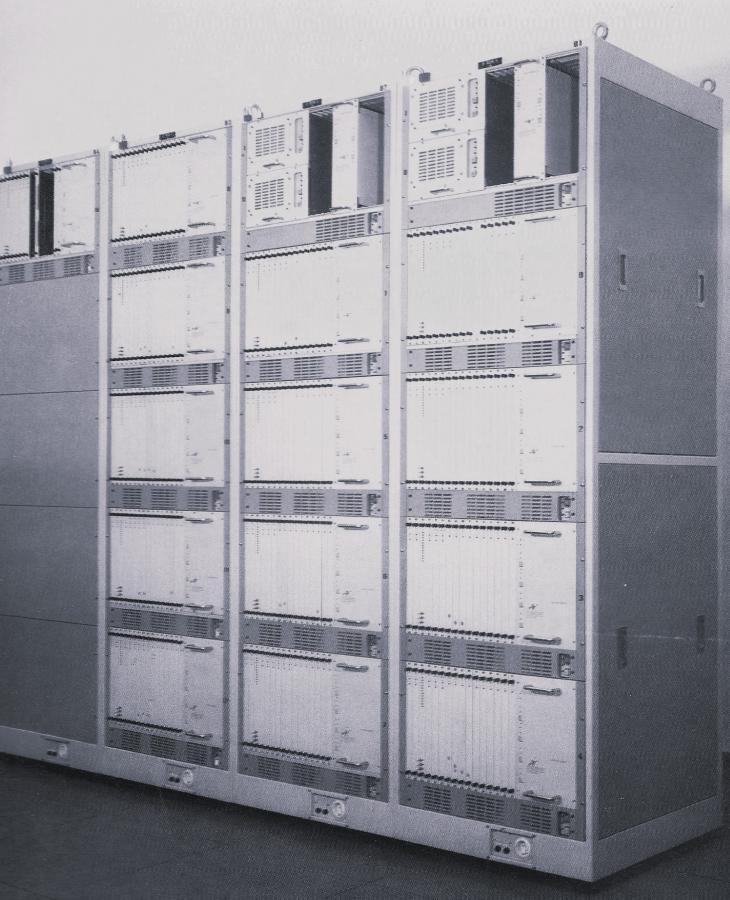THE ORIGIN OF DATA NETWORKS: HOW TELEFÓNICA CREATED THE FIRST PACKET SWITCHED COMMERCIAL DATA NETWORK IN THE WORLD

The PhD dissertation elaborated by Dr. Josep Suñol explains the process that led Telefónica to become a global communications operator, with a great competitive advantage. The other operators had to follow in its wake, as in addition to developing the network, it created its own packet switching equipment.
To understand the whole process, it is necessary to go back to the 1960s, when research into packet-switched data communications began. In 1969, the universities of UCLA, Stanford, UCSB and Utah created the Arpanet university network, the world's first packet-switched network. In 1971, Telefónica created RETD with the RSAN protocol, a commercial packet-switched network with nodes in Barcelona, Madrid and Bilbao. It thus became the first communications operator in the world to commercially offer packet-switched data transmission. To manage it, it was necessary to create the IT Division, independent from Central Management, responsible for packet-switched data networks and circuits in a very competitive market.
In 1982, Telefónica engineers designed and built the Tesys, an equipment specifically designed for packet switching, which was installed in the RETD network with the RSAN protocol. In 1985, the CCITT implemented the X.25 protocol as an international standard, and Tesys equipment had to support both RSAN and X.25 protocols.
In 1986, the IT Division was integrated into the Central Department and, finally, in 1990, Telefónica stopped investing in Tesys and handed over the development and manufacture of equipment to multinationals.
This thesis provides new knowledge, with an institutional logic perspective, to the study of the technological impact on the Telefónica company when it decided to implement a new disruptive technology that offered new possibilities to solve the problems related to data communications, thus giving it a leading position in this field.
Dr. Josep Suñol defended his thesis on the 1st of March 2024 and his doctoral work was supervised by Dr. Francesc Miralles and Dr. Andreu Veà Baró.
Author: Josep Suñol Capella